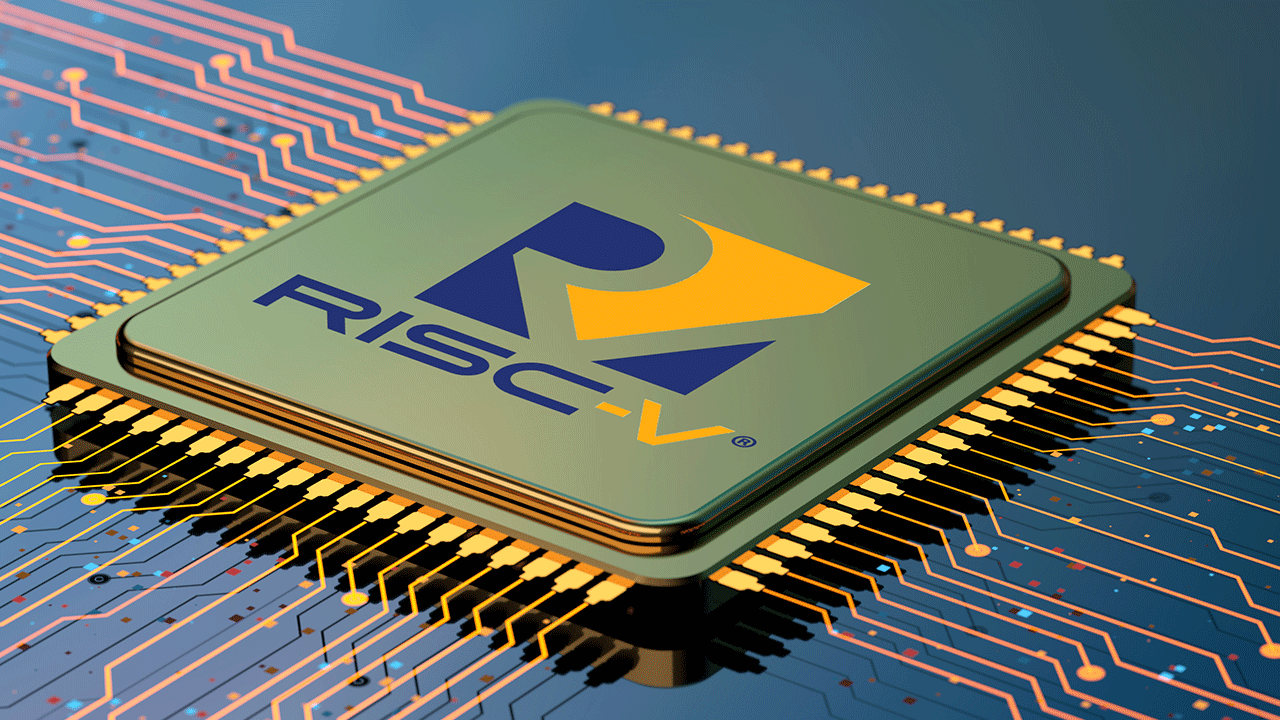How to Verify Complex RISC-V–based Designs?
As RISC-V processor development matures and the core’s usage in SoCs and microcontrollers grows, engineering teams face new verification challenges related not to the RISC-V core itself but rather to the system based on or around it. Understandably, verification is just as complex and time-consuming as it is for, say, an Arm processor-based project. To […]
Continue Reading